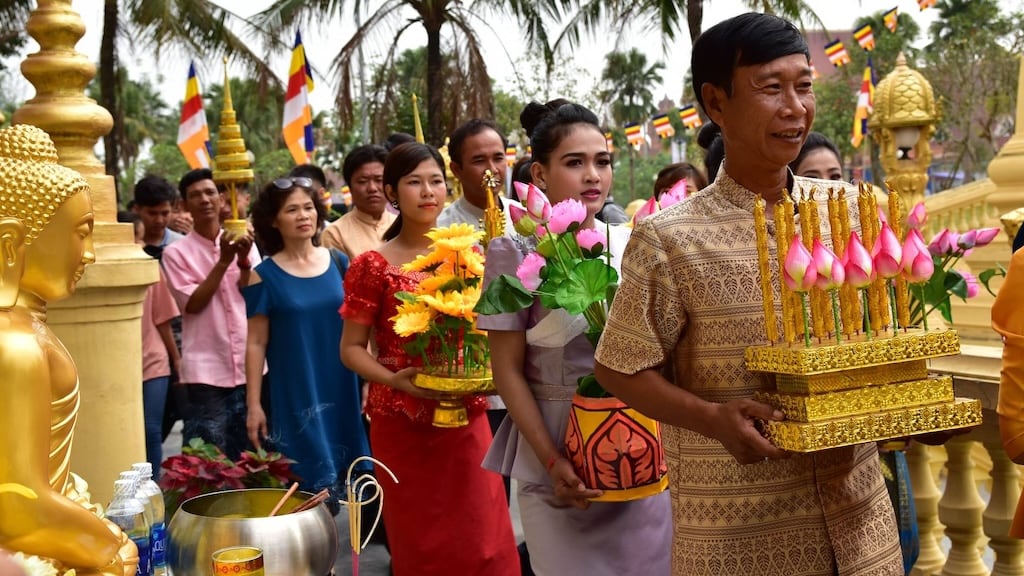
Chaul Chnam Thmey: Cambodia Celebrates the New Year
Chaul Chnam Thmey, or Cambodian New Year, is a colorful and lively celebration that takes place each April in Cambodia.
It is a three-day celebration of the end of the harvest season and the start of a new year and is one of the most important festivals of Cambodian culture. The festival is an occasion for family reunions, cultural ceremonies, and traditional games and provides a captivating glimpse into Cambodia's rich culture.
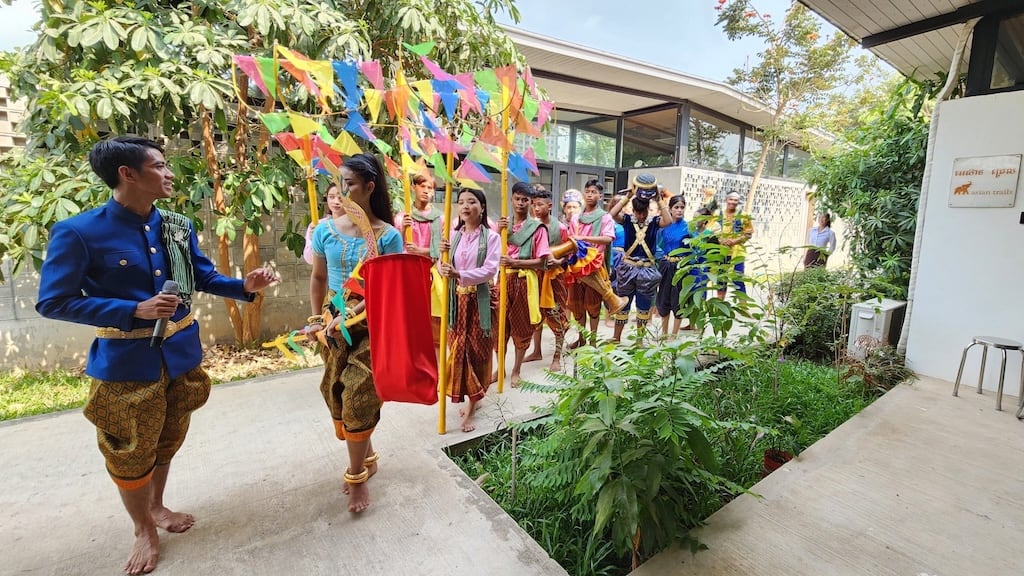
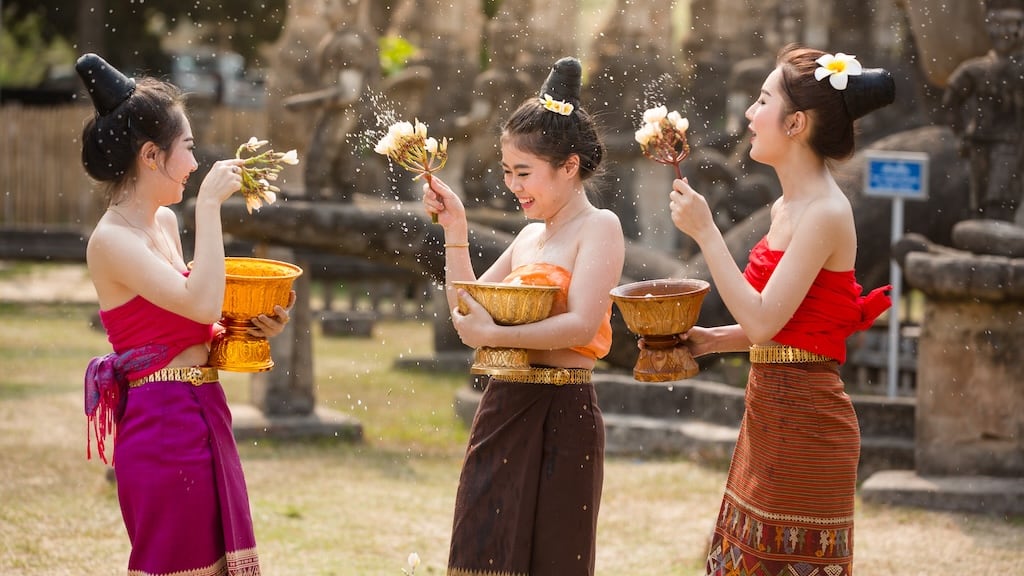
Historical Background
The roots of Chaul Chnam Thmey trace back to prehistoric agricultural rites and Buddhist observance. The festival celebrates the conclusion of the harvest season, when farmers can reap the rewards of their toil before the onset of the rainy season. Traditionally, the festival was a means by which villagers would pay respects to their ancestors and undertake a number of religious offerings and ceremonies. The festival has been modified over the centuries, adopting Hindu and animist traditions, and was proclaimed a Cambodian national holiday in 1871.
The Cambodian New Year, according to legend, was started by the story of a heavenly nymph named Mera, who was reborn every year after being carried away by the river. In order to greet her back, people would eat, dance, and revel in other ways, which later evolved into the modern-day Chaul Chnam Thmey. The festival has, throughout Cambodian history, been a source of national unity and pride despite war, genocide, and societal upheaval.
Common Activities
Cambodians take part in a number of activities during Chaul Chnam Thmey that reflect their culture. One of the most noticeable traditions is the construction of sand mounds in temples, each grain representing merit acquired by the constructor. The mounds are decorated with religious flags and offerings and blessed in a ceremony led by lay monks. The mood in and around the pagodas is religious and festive, with food and drink stalls around the edge.
Another main activity is the cleansing ceremony, in which elders wash statues of the Buddha with scented water. This ritual action is thought to purify bad acts, in the same way that one would wash dirt from household items with water. People also prepare altars in their homes to receive the spirit of the New Year, upon which they place statues of the Buddha, flowers, candles, incense, and food offerings.
Ancient Traditions
Traditional practices are at the heart of Chaul Chnam Thmey celebration. The festival is a reflection of Cambodian tradition, conveyed through fashion, dance, and music. During the celebration, individuals dress up and light incense sticks and candles at shrines, worshipping the Buddha's doctrine.
To be blessed with good fortune, individuals wash their face with holy water in the morning, their chest during noon, and their feet in the evening before retiring to bed. Food also has an important part to play in the festival, and usual foods like amok, a coconut milk curry, and num ansom, a banana or pork-filled sticky rice cake, are prepared and served among friends and family. Music and dance also become essential parts of the festival, with traditional Khmer dances and music being performed throughout the celebrations.
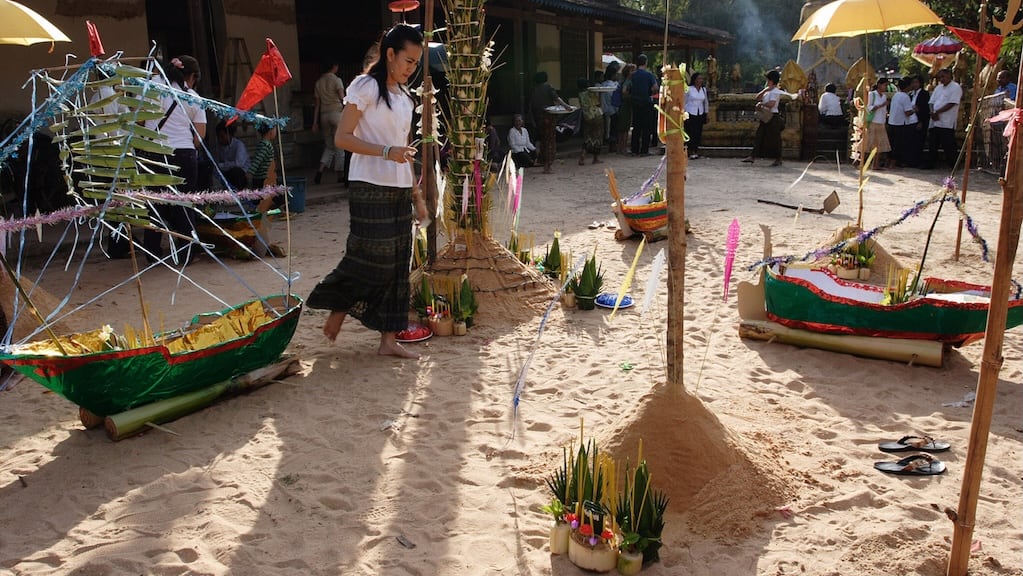
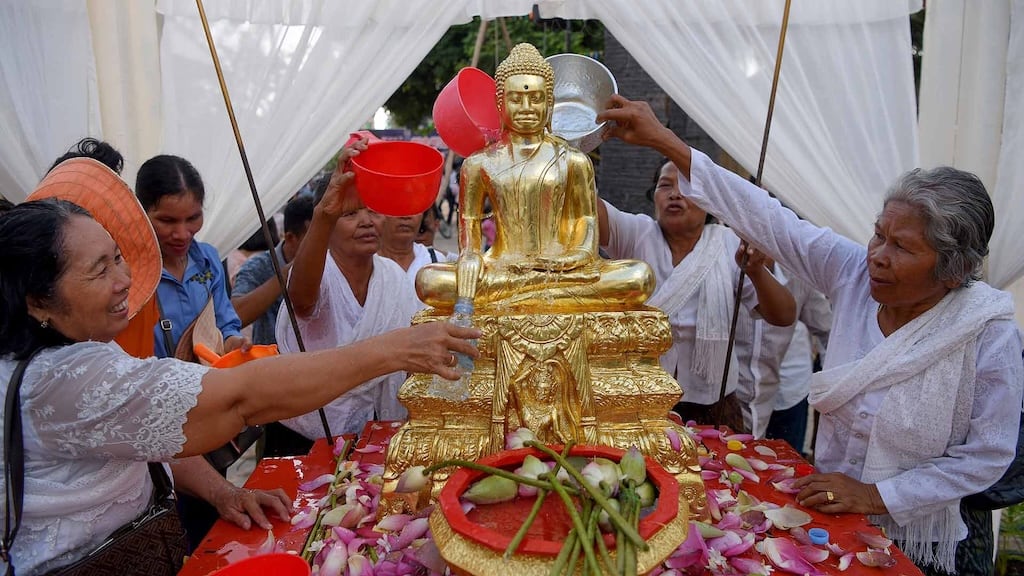
What to Expect
Visitors to Chaul Chnam Thmey can expect a fun and memorable experience. The ideal time to visit is for the three-day celebration in mid-April. Celebrations are held in various temples around Cambodia, with Phnom Penh serving as a central focal point for events.
Beginners are advised to arrive early to secure a good position and to wear comfortable clothing and sunscreen. Cambodia has varied accommodations, ranging from guesthouses to hotels, to suit any budget. Phnom Penh is an attraction-filled city with historical sites and bustling markets and is a great place for a culturally fulfilling holiday. Then there are the historic temples of Angkor Wat, which form an important part of Cambodian heritage.
Conclusion
Chaul Chnam Thmey is one of the integral components of Cambodian heritage, providing a lively and distinct celebration that embodies the rich heritage and tradition of the country.
As a tourist or as a resident, this festival is definitely one that you should not miss. With its celebratory festivities, age-old customs, and festive atmosphere, Chaul Chnam Thmey guarantees an experience that you will never forget.